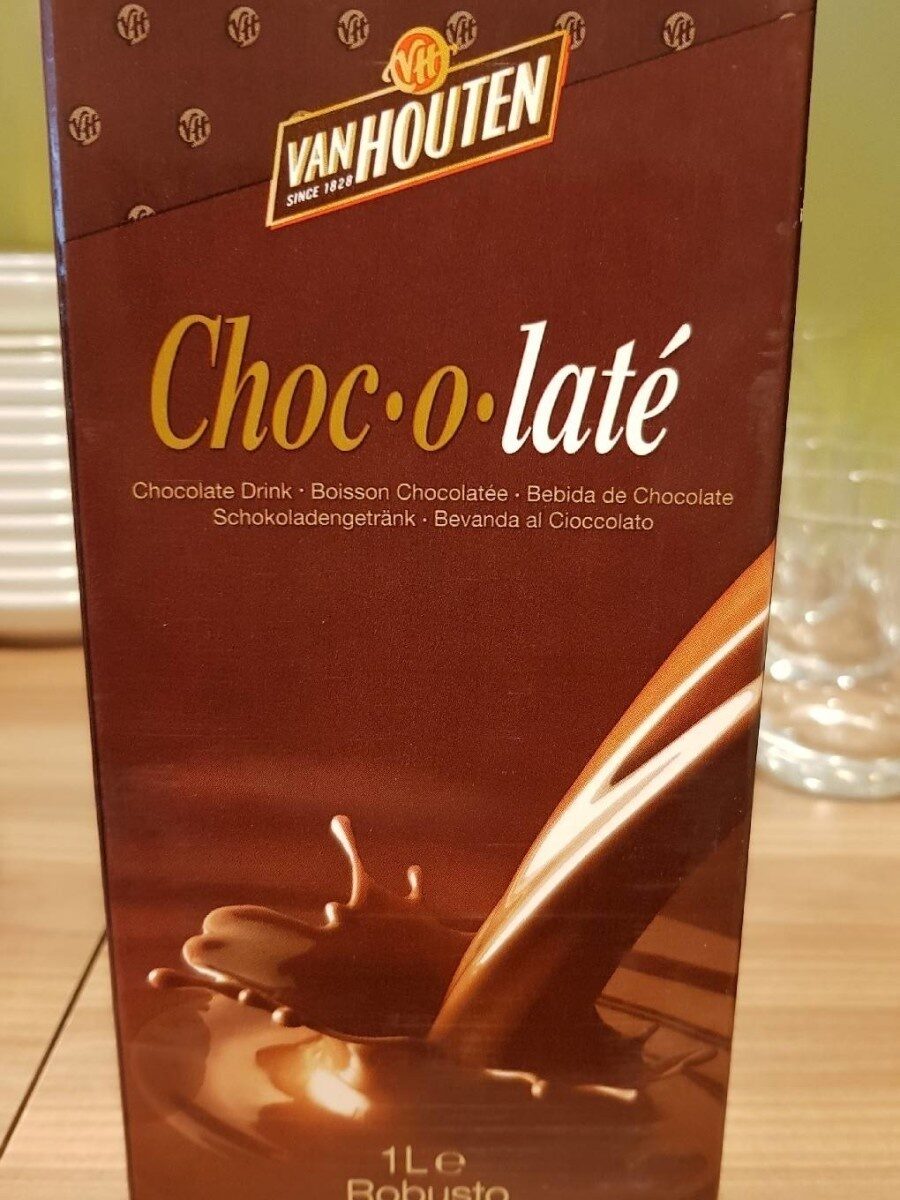Choc.O.Laté - van houten
Aquesta pàgina del producte no està completa. Podeu ajudar a completar-la editant-la i afegint-hi més dades a partir de les fotos ja disponibles, o fent-ne més amb l'aplicació de androide o iPhone / iPad. Gràcies!
×
Codi de barres: 7350022390430 (EAN / EAN-13)
Marques: van houten
Categories: Begudes, Productes làctics, Begudes làcties
Matching with your preferences
Entorn
Empaquetament
Transport
Report a problem
Fonts de dades
Producte afegit per kiliweb
Última modificació de la pàgina del producte per lou57.
La pàgina del producte, també editada per elcoco, openfoodfacts-contributors, thaialagata, yuka.VzcwT09wNWRwZE5hb01jbjdrcm93b3hvM1pXSlVsdXBMc1lUSVE9PQ, yuka.sY2b0xO6T85zoF3NwEKvlhMbcdn-uRb5FjrhhkiJ9tKrI4Gxc9wi4prKL6g, yuka.sY2b0xO6T85zoF3NwEKvllNDd9nMnWrBMjbRwVGU2saDAZzuRPNZ6LLUA6s.
Si les dades són incorrectes o incompletes, pot completar o corregir editant aquesta pàgina.











